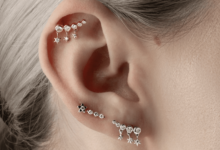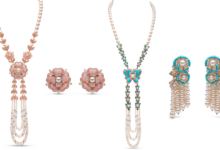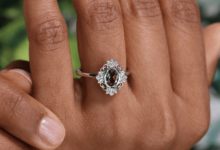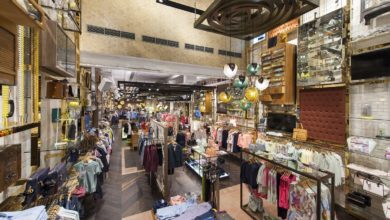
Auctions certainly re-invent trends, resurrecting past styles to the forefront of current taste, with a new inventive take on the past.
Collectors have been fascinated with great auction sales since the disposal of the great art collection of Charles I by the Parliamentarians.
The 18th Century saw a wave of great sales as fortunes were won and lost on the gaming tables of Mayfair, culminating in the dispersal of aristocratic treasures of French nobles fleeing the Terror of the French revolution.
To buy in these sales provided an opportunity to purchase a relic from the past, in the case of the great sale of Strawberry Hill in 1842 by George Robins, one of the Cardinal Wolsey red hats, a dagger owned by Henry VIII, or the Darnley Jewel. These sales were events in their own right, attended by the great and the good, the Earl of Derby, the Duke of Northumberland and Queen Victoria.
Parodies were printed lampooning such sales listing lots for sale such as: “The pip from the apple of the Garden of Eden”, such was their popularity and the fame and notoriety afforded Horace Walpole’s Great collection.
To quote Oscar Wilde: “There is only one thing in the world worse than being talked about, and that is not being talked about.” The early 20th Century was to see the dispersal of some of the Romanov jewels. “The People’s Commissariat of Finances” compiled by Alexander Fersman, detailing the confiscated treasures of the Romanov dynasty, is itself today eagerly sought by collectors.
In 1987 the legendary sale of the jewels of the Duchess of Windsor were auctioned in Geneva. The romance of the King who gave up the throne for the woman he loved captivates even today. A Cartier bracelet that originally fetched £860,000 when re-auctioned in London in 2010 realised £4million.
Collectors, fashionistas, and the curious are buying into the past, purchasing a conduit to a historical moment or event. A ring that may have been witness to the execution of Charles I, a necklace worn when Emma Hamilton danced on the dining table at Uppark House. It is not just the object that you are buying, but also the history.
Justin Roberts FGA ASFAV is a jewellery specialist and historian, and works in the jewellery department at Sotheby’s.













